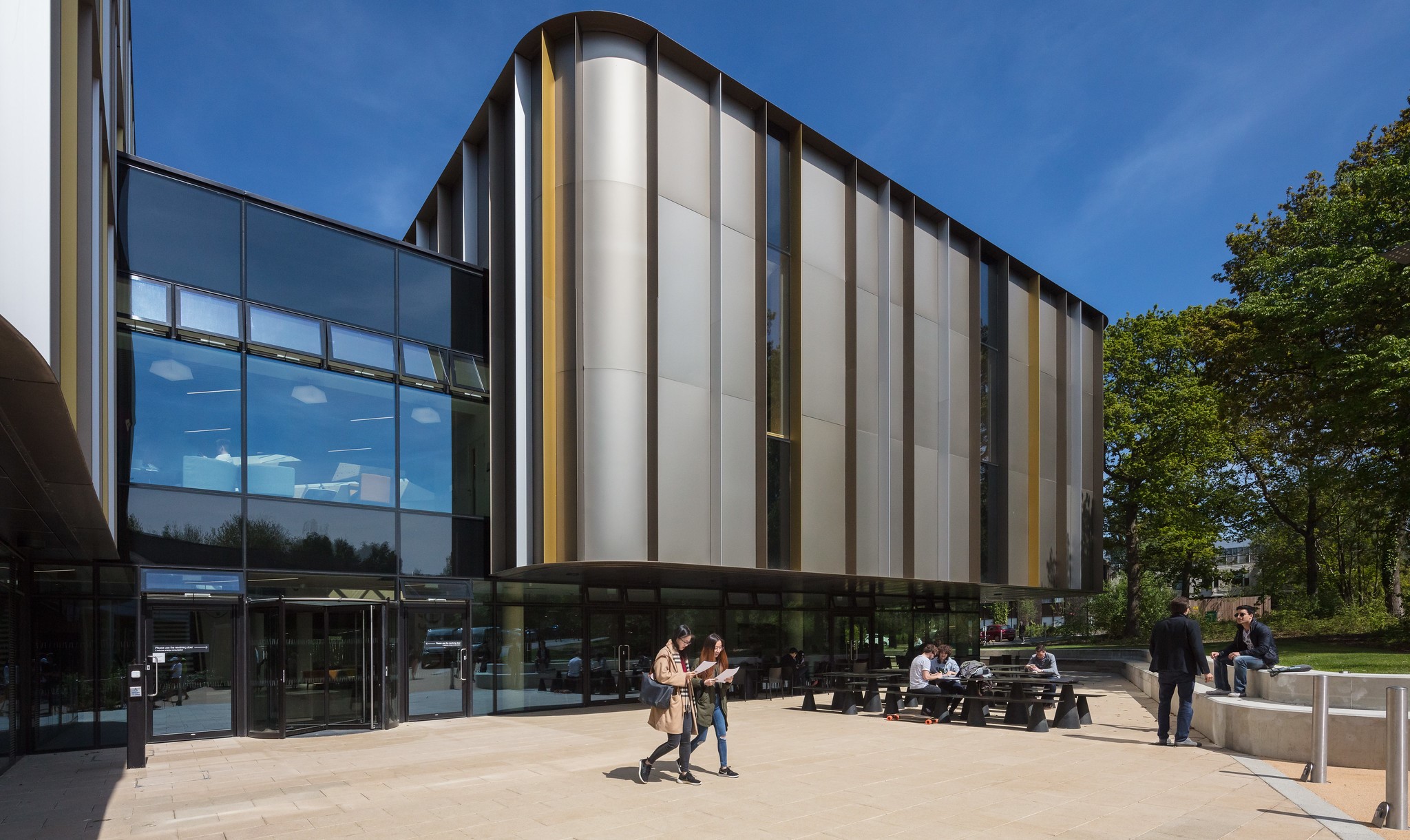This study by a team including Dr Ekaterini Panopoulou of Kent Business School provides evidence of periodically collapsing bubbles in the British pound to US dollar exchange rate in the post-1973 period. We develop two- and three-state regime-switching (RS) models that relate the expected exchange rate return to the bubble size and to an additional explanatory variable. Specifically, we consider six alternative explanatory variables that have been proposed in the literature as early warning indicators of a currency crisis. Our findings suggest that the RS models are, in general, more accurate than the Random Walk model in terms of both statistical and especially economic evaluation criteria for exchange rate forecasts. Our three-state RS model outperforms the two-state models and among the variables considered in our analysis, the short-term interest rate is the optimal variable, closely followed by imports. Results are more promising for one-month predictions and are qualitatively robust over sample spans. However, various robustness checks based on other exchange rates show that the optimal bubble measures and optimal predictors critically depend on the exchange rate.
This research was published in the April 2014 issue of the European Journal of Finance.
